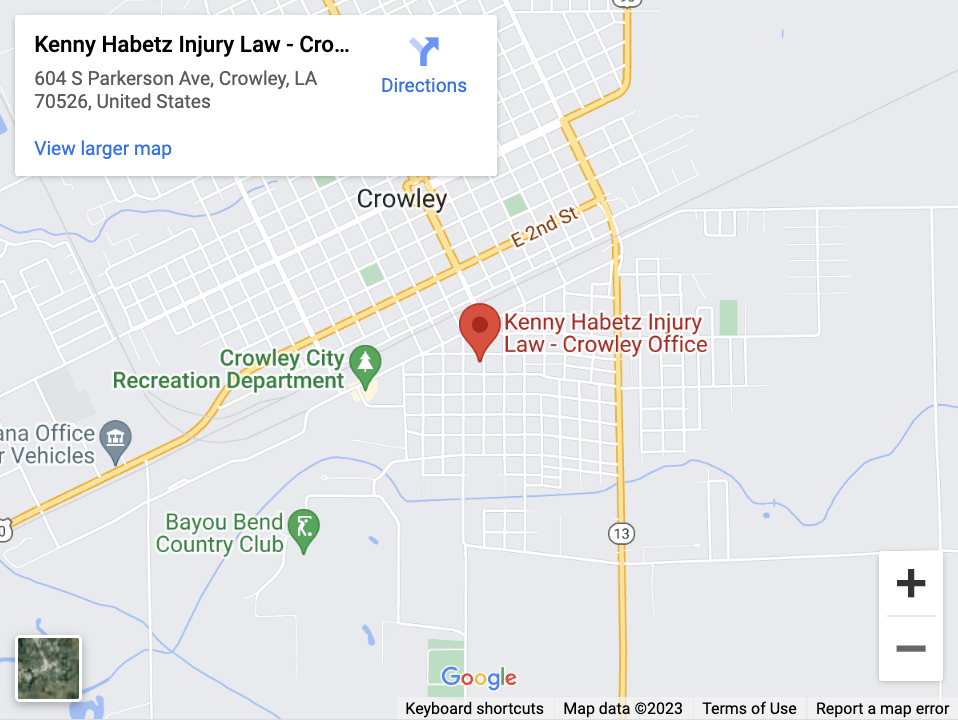
The development of anesthesia made modern medicine possible. By anesthetizing you during a procedure, doctors and dentists can perform complex and invasive procedures without worrying about your ability to tolerate the pain.
However, anesthesia can cause injury or death. Healthcare providers must exercise care when selecting and administering these powerful substances during procedures.
How Does Anesthesia Work?

The nervous system gathers sensory inputs and controls your body in response to them. Thus, when the skin of your foot tells your brain that you stepped on something sharp, the brain will raise your foot without any conscious thought.
The sensory signals sent from your nerve endings to your brain include pain signals. The control signals moving from your brain to your body control both voluntary and involuntary movements.
You must first understand how the nerve cells, called neurons, transmit signals before you can understand how anesthetics work. Nerve signals are partially electrical and partially chemical. The neurons activate using electrical charges. The benefit of electrical signals is that they travel fast.
Neurons activate electrically by moving charged particles, such as sodium ions, from inside the neuron to its surface through ion channels. The pattern of activation corresponds to a piece of information.
The chemical part comes from neurotransmitters like serotonin and dopamine. Neurotransmitters carry messages. Specifically, neurons have neurotransmitter receptors that help them receive and retransmit a chemical message along the nerve. Receptors at each nerve end decode the message.
Anesthesia works in two ways. One type of anesthesia prevents neurons from activating by blocking the ion channels. By blocking the neuron from activating, the anesthesia prevents the patterns that carry signals along the nerve.
Another type of anesthesia blocks neurotransmitter reception. When nerves cannot receive neurotransmitters, they cannot release neurotransmitters to signal the next neuron in the nerve.
What Types of Anesthesia Are Used?
Anesthesia allows doctors to perform surgeries and other invasive procedures ranging from tooth extractions to colonoscopies.
These anesthetics perform three functions:
- Paralyze your body
- Block pain
- Sedate your brain
In other words, anesthetics block signals from your brain that move your body, block pain signals from reaching your brain, and turn your brain off during your procedure.
Anesthetics take three forms, depending on which of these functions the procedure requires:
Local Anesthetics
Local anesthetics block pain signals from traveling to the brain. As the name suggests, medical providers inject these anesthetics at the procedure site. A doctor might use a local while suturing an open wound. Dentists use local anesthetics for minor oral surgeries.
Local anesthetics include ion channel blockers like procaine (the generic name of Novocaine). These drugs numb the area without paralyzing it.
Regional Anesthetics
Regional anesthetics also block pain signals by blocking ion channels. But they are administered differently, so they numb an entire region of your body instead of just a local area. To do this, anesthesiologists inject regionals into the area surrounding your nerve roots or spinal cord.
These structures act like the trunk before the nerves branch out to individual muscles or organs. As a result, anesthetics injected into these areas numb large portions of your body. Regional anesthetics can employ both local anesthetics, like lidocaine, and neurotransmitter receptor blockers, like fentanyl.
General Anesthetics
Medical providers use general anesthetics for painful, invasive, and long procedures. General anesthetics usually combine several chemicals, like ion channel blockers for pain control and neurotransmitter receptor blockers to induce paralysis. General anesthesia also includes a sedative to render you unconscious during the procedure.
What Are Some Examples of Anesthesia Injuries?
Anesthesia has been recognized as dangerous for patients since its invention. And the statistics bear out this recognition. From the 1950s to the 1980s, the fatality rate from anesthesia sat at about 1 in 5,000. Since the 1980s, the fatality rate has fallen to about 1 in 250,000 for healthy adults due to improvements in monitoring and better training.
Even with this improvement, the administration of anesthesia can go wrong in many ways, such as:
Physical Injury
The most common injury from anesthetics comes from the physical process of administering the anesthesia.
These physical injuries include:
- Airway injury caused by unskilled intubation
- Vascular damage from a misplaced intravenous needle
- Spinal cord injury due to an improperly placed epidural catheter
Other physical injuries happen when a medical provider fails to carefully protect the patient while under anesthesia. Since the patient has no pain sensation, providers can inadvertently burn, cut, or bruise them without realizing it since the patient does not react.
Overdose
An overdose happens when the patient receives too much anesthetic. With local anesthetics, too much can damage nerves. Too much general anesthetic can cause the brain to shut down, leading to coma or death.
Overdoses can happen in a few ways, including:
- Wrong dose
- Wrong concentration
- Drug mixup
- Records mixup
The anesthesiologist might bear liability for these injuries if they miscalculated or mis-administered the anesthesia. Pharmacists can be liable for errors in supplying drugs to the anesthesiologist. And hospitals can be liable for mixing up records.
Underdose
An underdose can lead to a condition called anesthesia awareness. When you receive too little sedative, you might wake up during surgery. The other anesthetics administered may paralyze you. This leaves you aware of the procedure but unable to move or speak. Anesthesia awareness can cause severe psychological trauma.
Nerve Damage
Administration of ion channel-blocking local and regional anesthetics can permanently damage the ion channels of your nerve cells.
As a result, you might experience:
- Numbness
- Tingling
- Paralysis
- Weakness
- Loss of dexterity
Unfortunately, nerve cells do not heal. The brain can sometimes remap itself to shift control over an area from the damaged nerves to healthy nerves. But in the absence of remapping, you will have permanent nerve damage.
Anoxic Brain Injury
Anesthesiologists must monitor you while under anesthesia. When they do not, you can stop breathing. You can suffer a permanent brain injury after just four minutes without oxygen. You could die in just eight minutes.
Getting Compensation For Your Anesthesia Injury
Not every unwanted outcome will constitute medical malpractice. Medical treatments produce different outcomes that depend on many factors outside the control of your doctor or dentist. You might experience a known complication or unexpected side effect despite your provider’s best efforts.
Malpractice happens when you suffer an adverse event due to negligence. This means your medical provider failed to exercise reasonable care under the circumstances. If they knew or should have known their actions could harm you, they probably committed medical malpractice.
Thus, an allergic reaction would not necessarily support a malpractice action. But your dentist might have committed malpractice if they administered the anesthetic after failing to read your file identifying your allergy.
Medical negligence involving anesthesia can cause severe physical and mental injuries. Contact Kenny Habetz Injury Law for a free consultation to discuss your injuries and the compensation you can seek from your healthcare provider.


